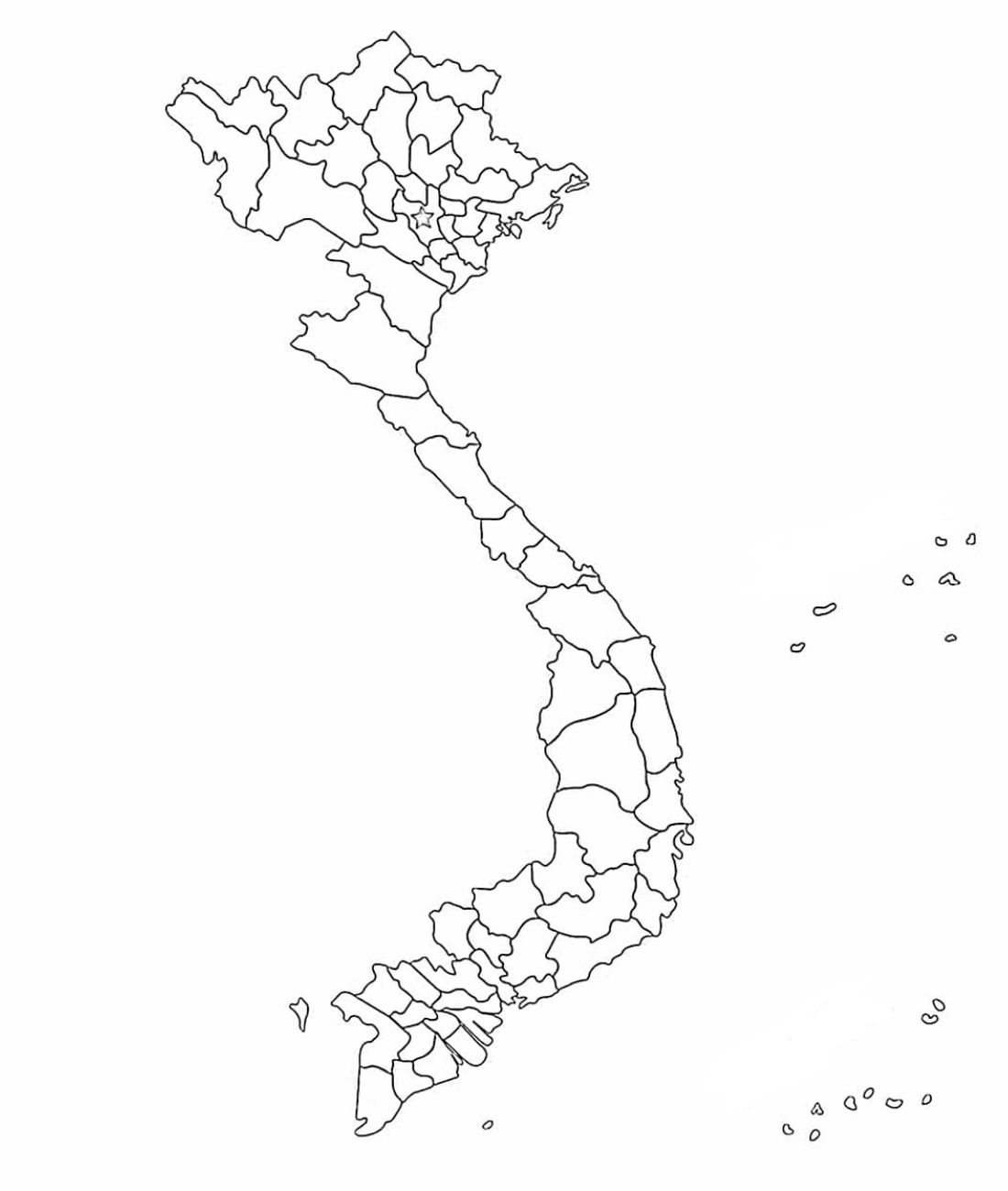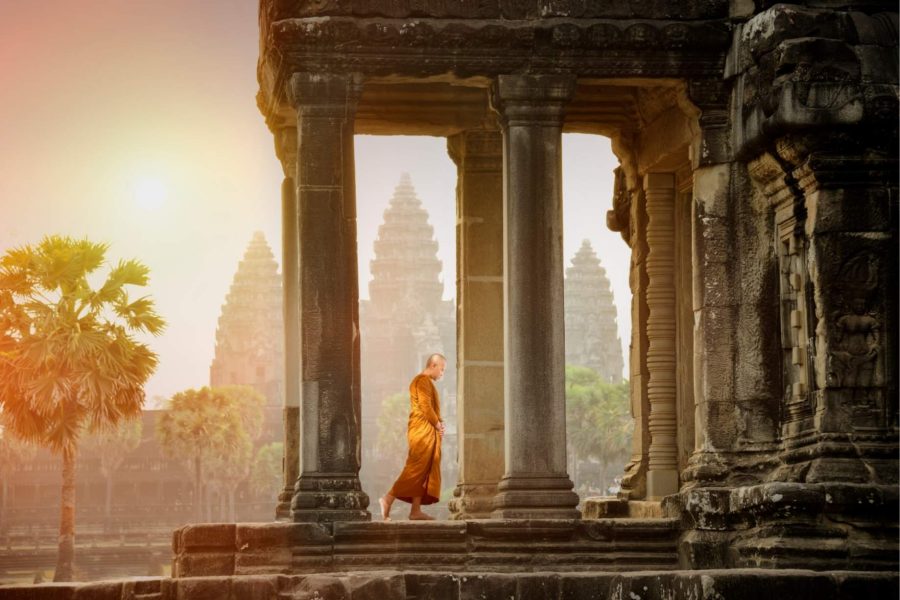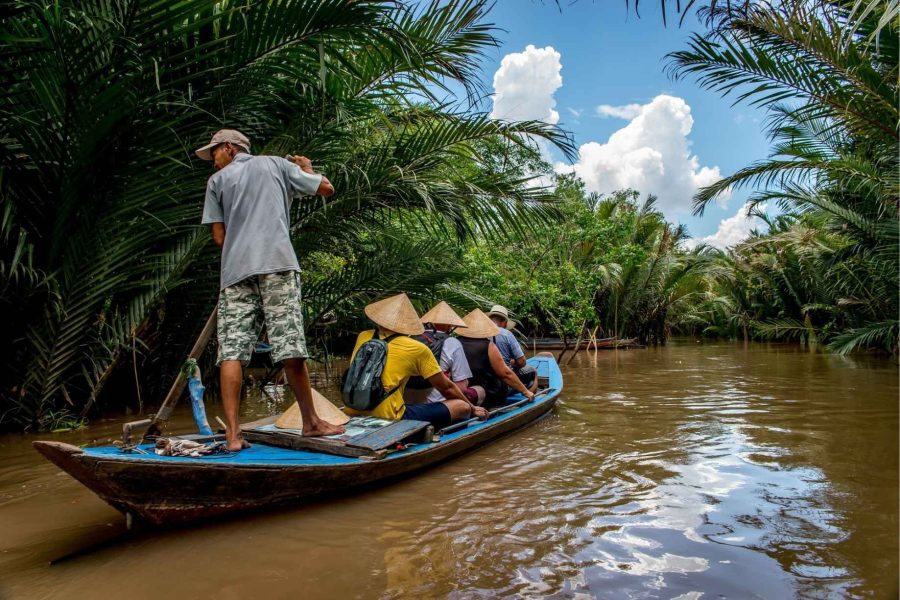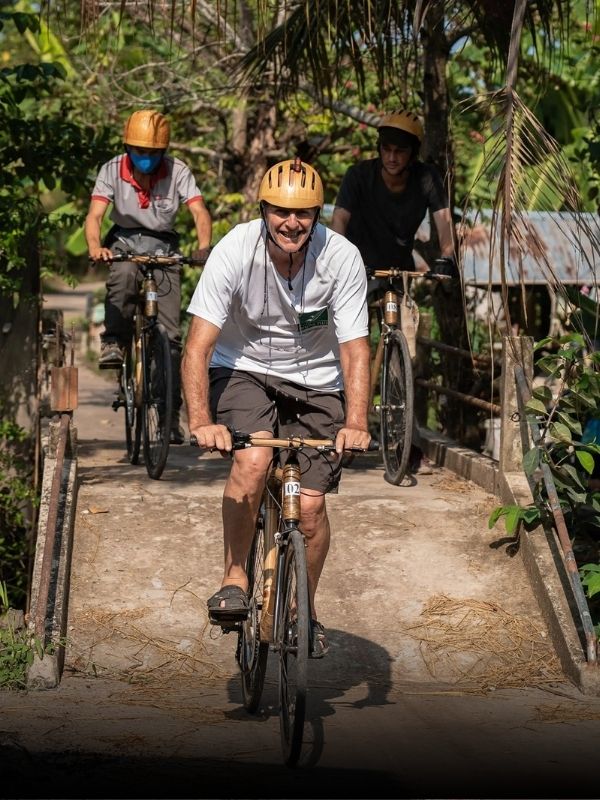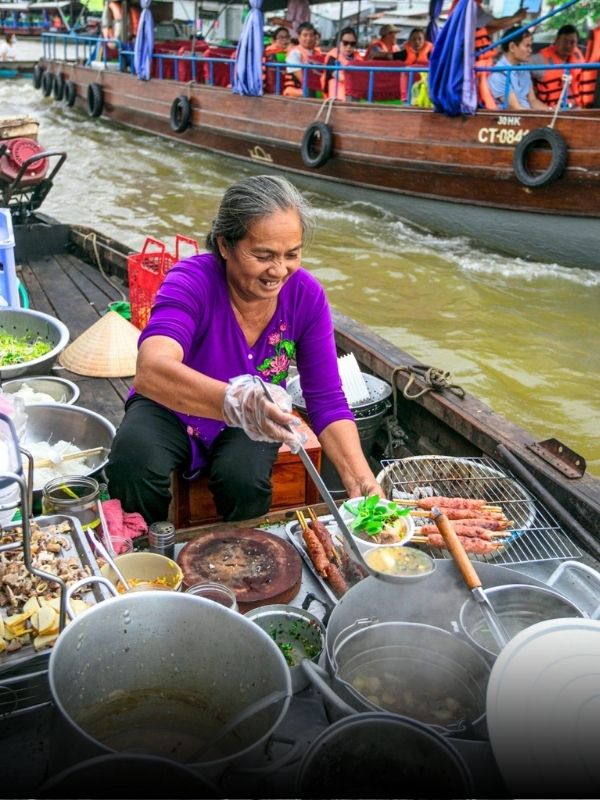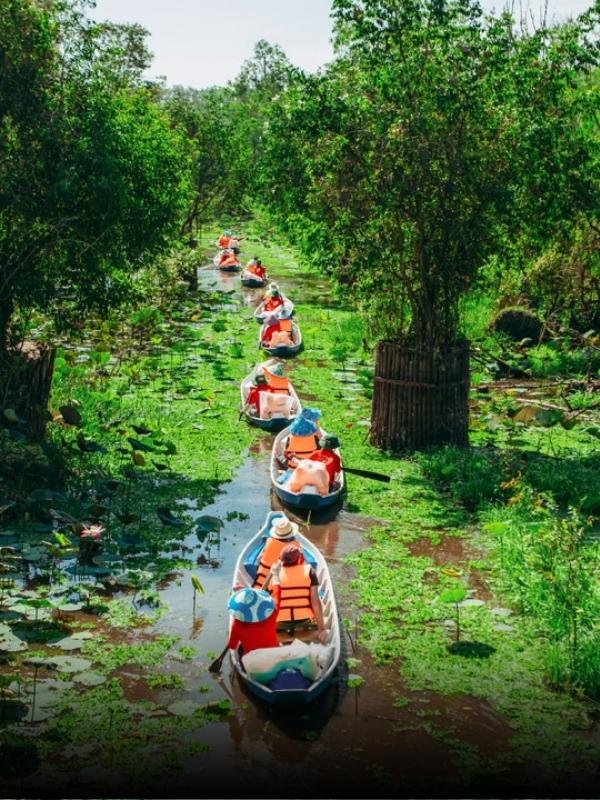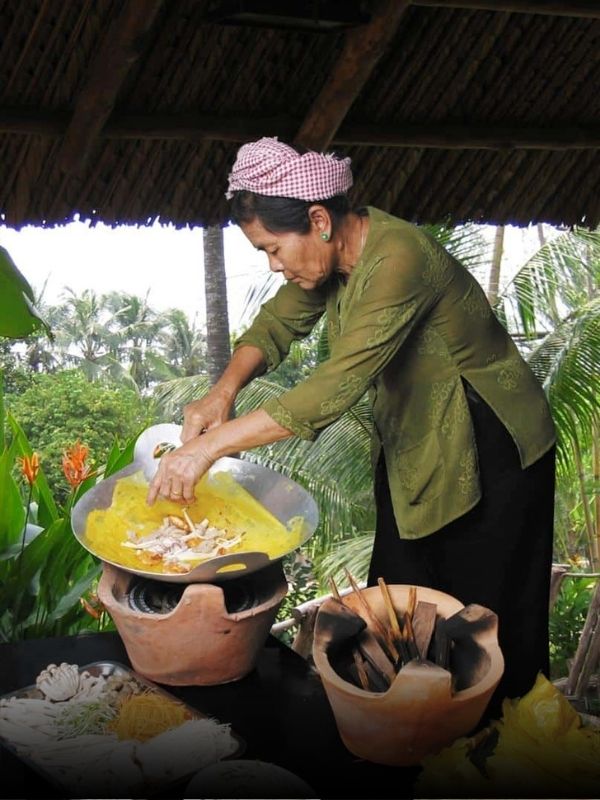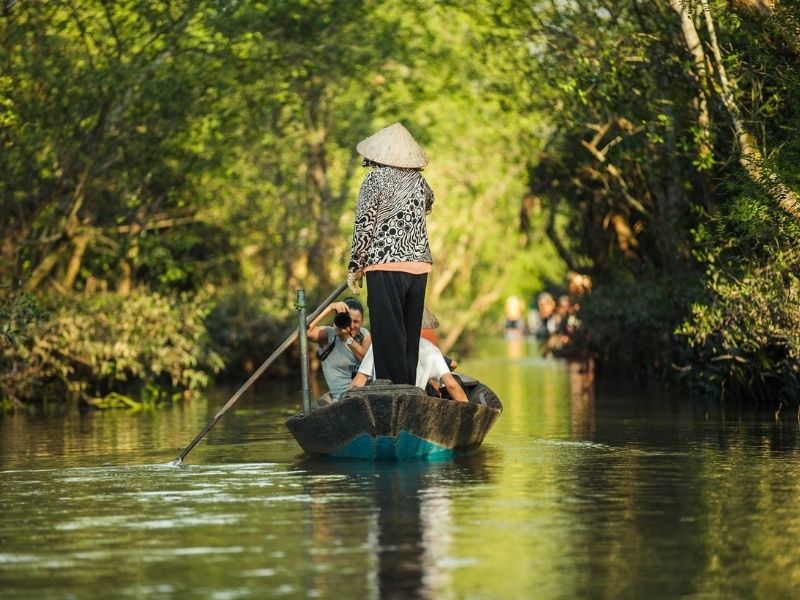Why Vietnam?
A Vietnam river cruise tour presents a distinctive and enriching way to discover the nation’s diverse landscapes, vibrant culture, and captivating history. Travelers can marvel at the stunning scenery along the Mekong River, with its intricate waterways, bustling floating markets, and traditional craft villages.
Furthermore, river cruises offer valuable opportunities for genuine cultural immersion, allowing close interaction with local communities, visits to unique floating markets, and a deeper understanding of Vietnam’s rich heritage and historical significance.
